20 Delightful Edible Flowers To Add To Your Kitchen
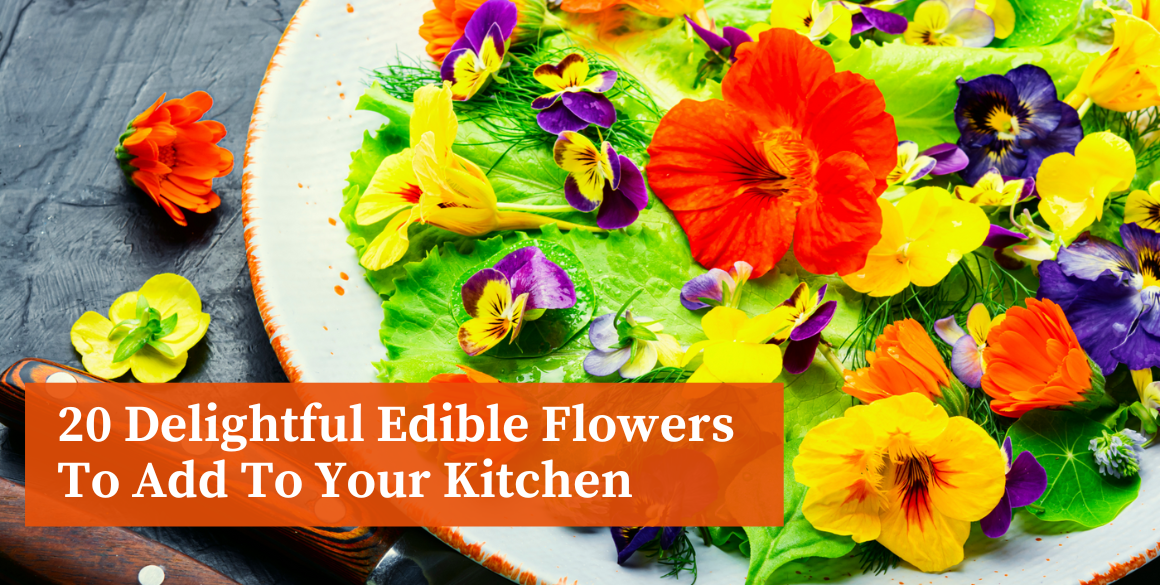
Edible flowers have taken the culinary world by storm. They have been popping up in menus and gourmet magazines.
But eating flowers is nothing new. They have been used for centuries for their health benefits. Infused in teas, dried into powders, or as herbal poultices. In fact, they have been used as a garnish too for generations.
Do you want to begin using flowers to elevate your sweet and savory dishes? Get ready to transform your meals into masterpieces, improve your health, and tantalize your taste buds. I share with you 20 edible flowers along with their flavor profile and usage that you can begin using in your kitchen today.
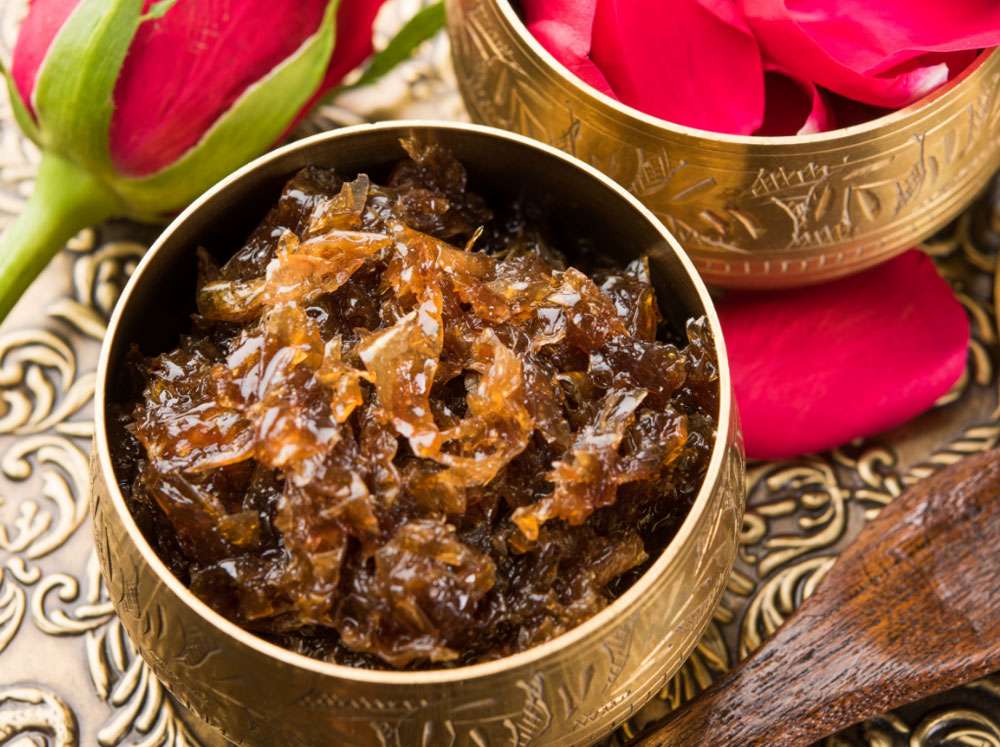
Rose
By far the most popular edible flower in India, gulkand, kewra, or even ittars would not be possible without the humble rose. The delicious flower is also packed with medicinal properties.
Flavor: sweet and fruity
Best used in: sweets, desserts, salads, and teas
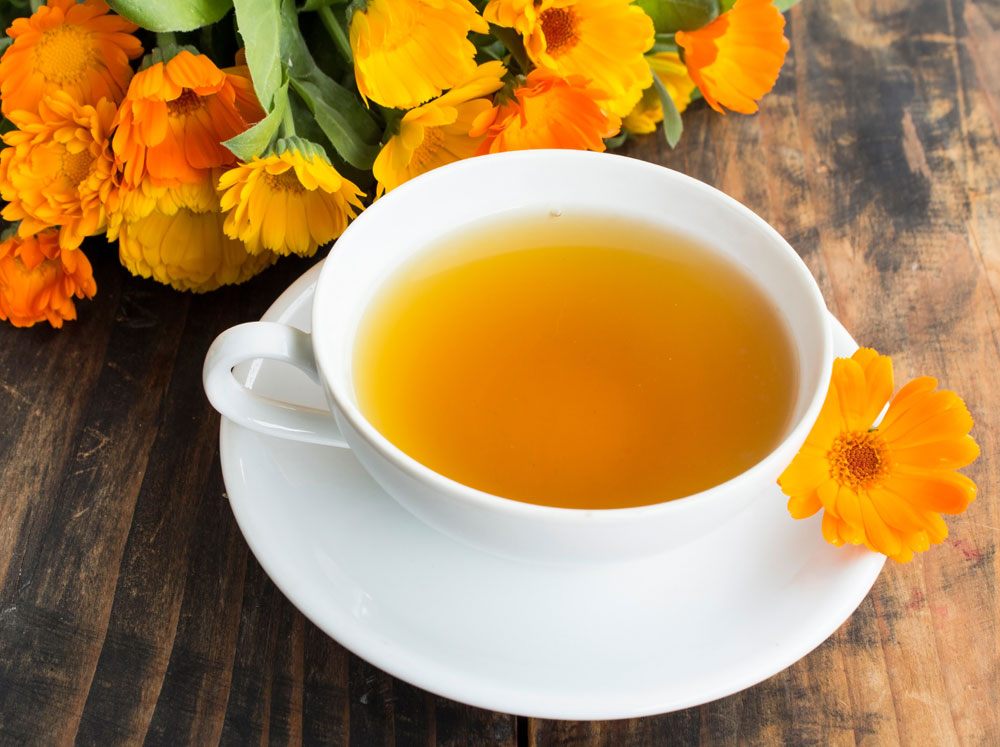
Marigold
Bright and sunny, the marigolds are available in practically every Indian household during the festive season. These sunshine flowers are also known for their medicinal properties.
Flavor: subtle peppery with bitter undertones
Best used in: cocktails, cakes, salads, and teas
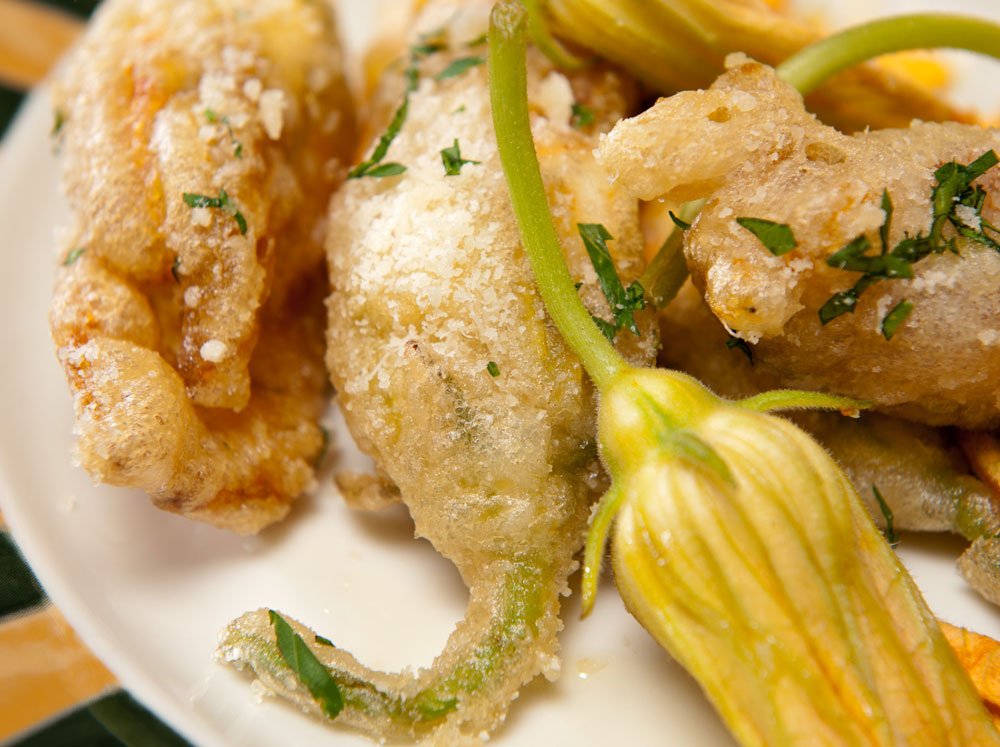
Squash Blossoms
The pumpkin is a popular Indian vegetable but its flowers are equally delicious. These delicate, funnel-shaped squash or pumpkin blossoms are packed with antioxidants.
Flavor: Mild squash like taste
Best used in: stuffed and batter fried, or thoran
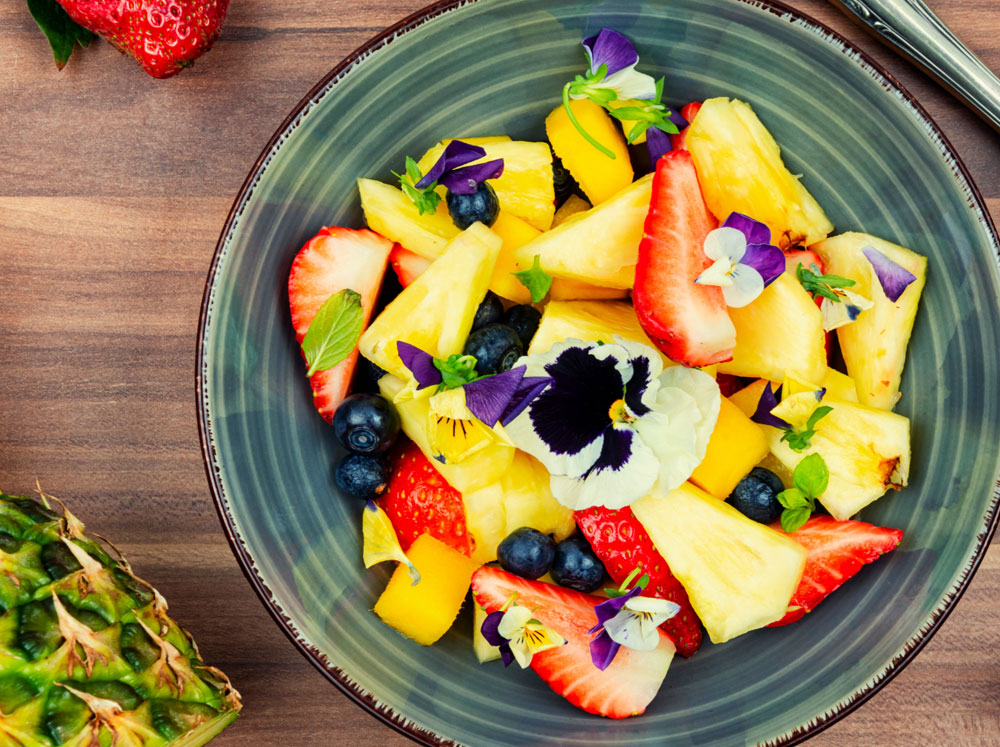
Pansies and Violas
The velvety texture of pansies and violas is a welcome addition to summer salads and cakes. Available in a riot of colors, they are good for your heart too.
Flavor: sweet, minty, grassy
Best used in: garnish for cakes, desserts, salads, and soups
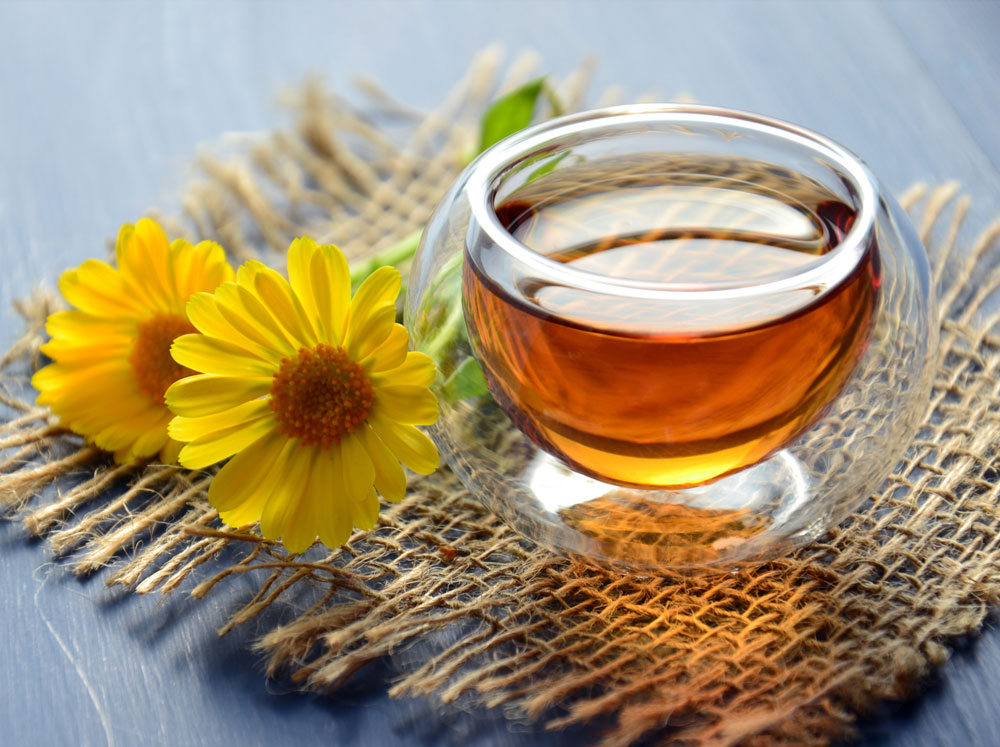
Calendula
Another summer favorite, calendula petals add summer freshness to your salads and bakes. It is also used as a natural food color. Furthermore, it has immense skincare benefits.
Flavor: minty and grassy with a hint of bitterness
Best used in: garnish for desserts and salads, teas
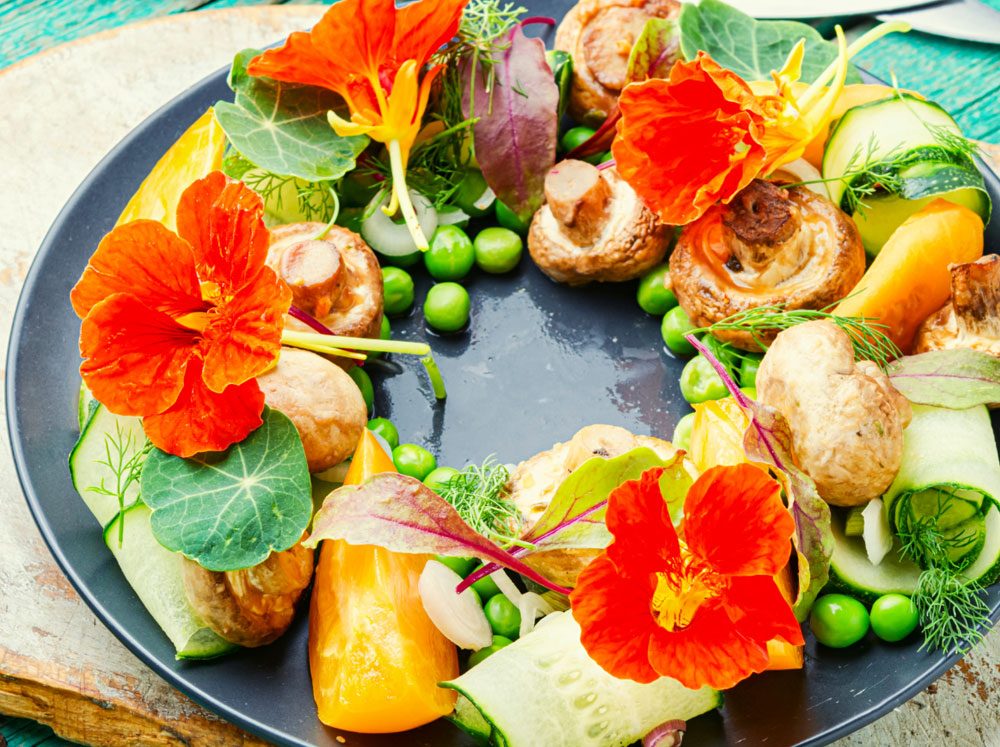
Nasturtium
The brilliantly colored Nasturtium or Jalkumbhi flowers add a dash of color to your summer salads. The leaves are edible too and are an excellent alternative to watercress. What’s more, they are packed with nutrients.
Flavor: peppery and citrusy
Best used in: salads and meats
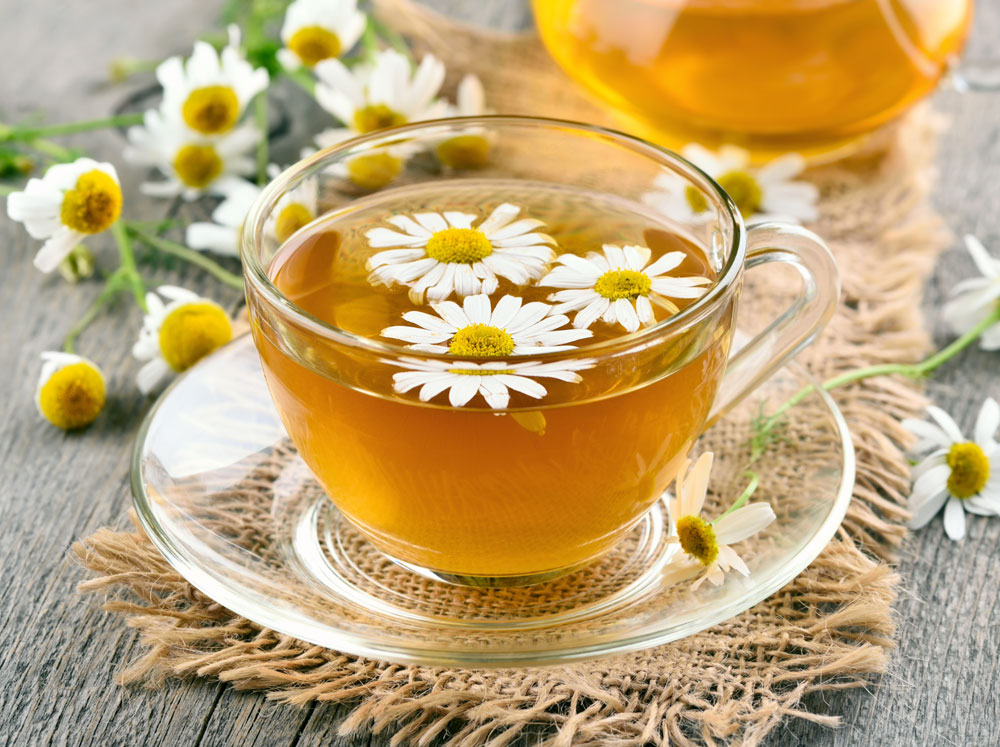
Chamomile
You are probably well aware of the herbal benefits of chamomile tea. A resource of health benefits, these daisy-like flowers can be eaten raw, dried, fried, or steeped.
Flavor: sweet herbal
Best used in: teas, salad dressing, bakes
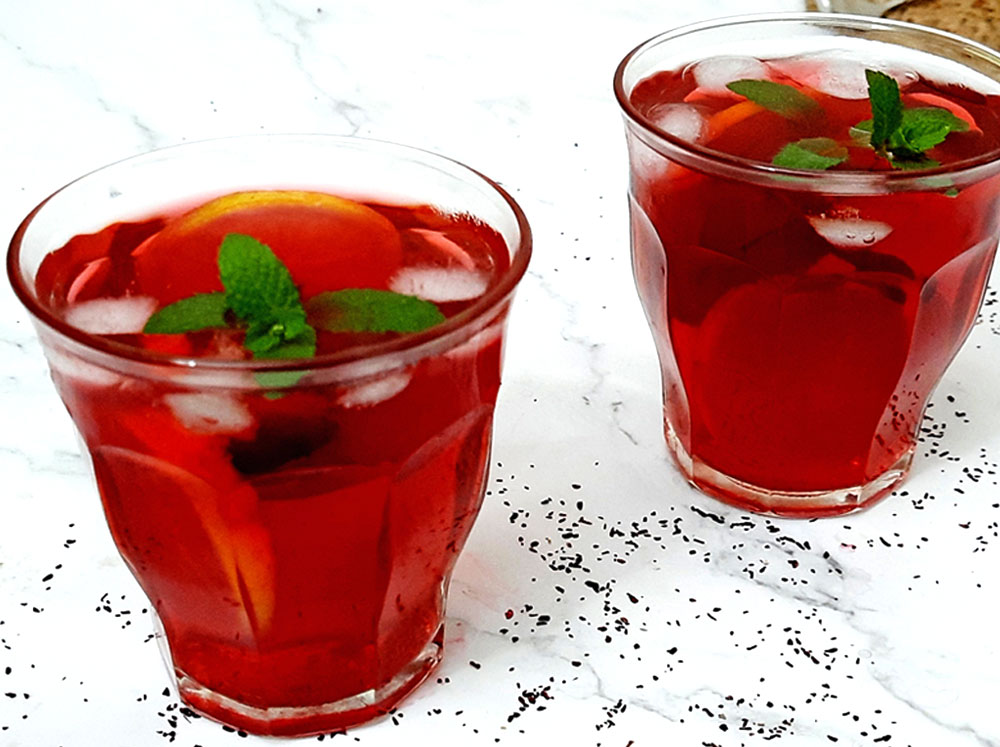
Hibiscus
Hibiscus or shoe flowers are a rich source of vitamin C and antioxidants. These seasonal medicinal flowers and their leaves are a popular addition to your diet.
Flavor: Citrusy with a hint of bitterness
Best used in: teas, jams, salad garnish
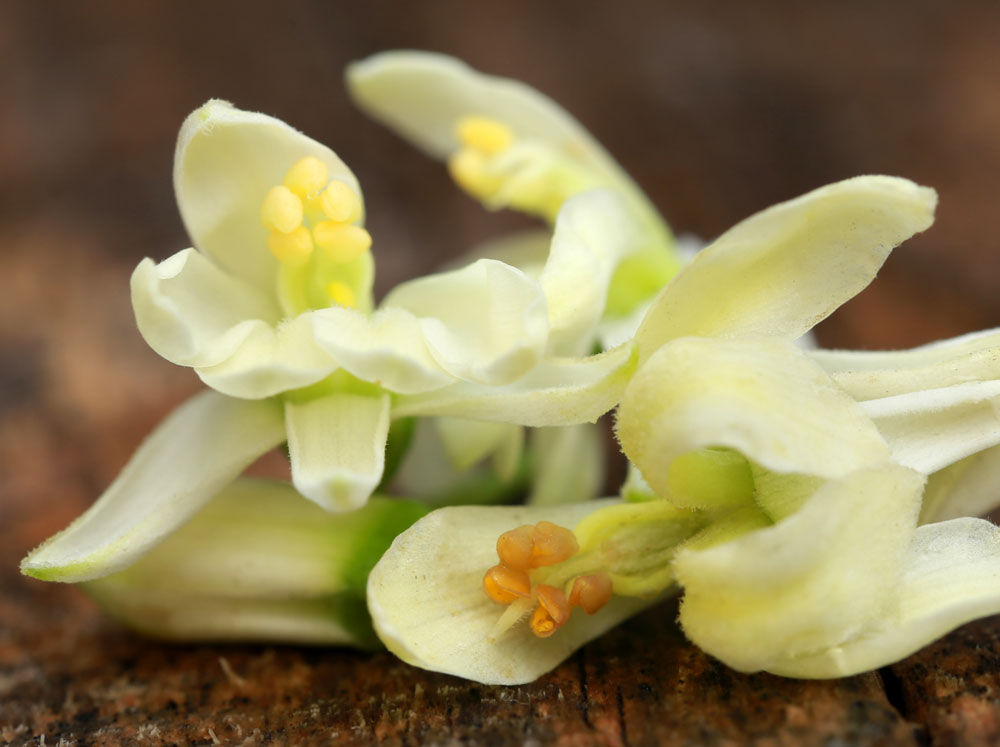
Moringa
Popularly known as drumstick, each part of the miracle tree moringa is edible – leaves, fruits, flowers, and even roots. Having been used for centuries in India, the superfood has finally got its due.
Flavor: earthy, mushroom-like
Best used in: garnish, teas, and fritters
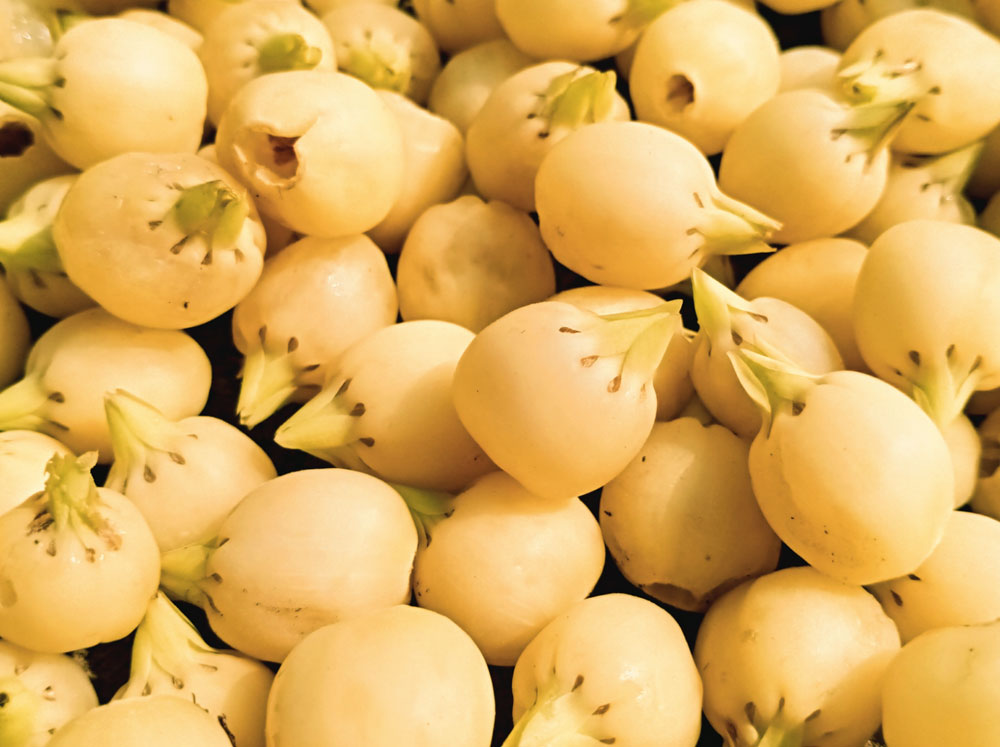
Mahua
One of the most versatile trees, mahua or butternut tree is known for its medicinal properties. The fleshy flowers with an intoxicating sweet fragrance are high in sugar content.
Flavor: sweet and caramel-like when dried
Best used in: oils, jams, breads, and country liquor
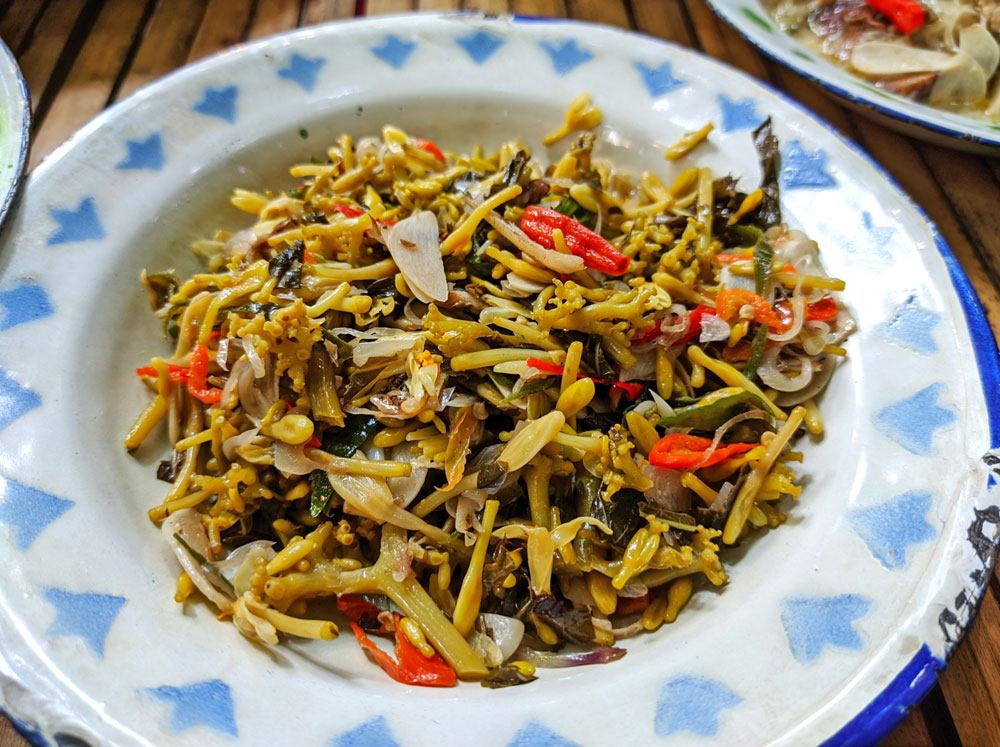
Papaya Blossoms
Papayas are available across the country and are one of the most affordable fruits. Slightly bitter in taste, the stir-fried papaya blossoms are a local delicacy of Nagaland in North East India.
Flavor: slightly bitter
Best used in: stir fries
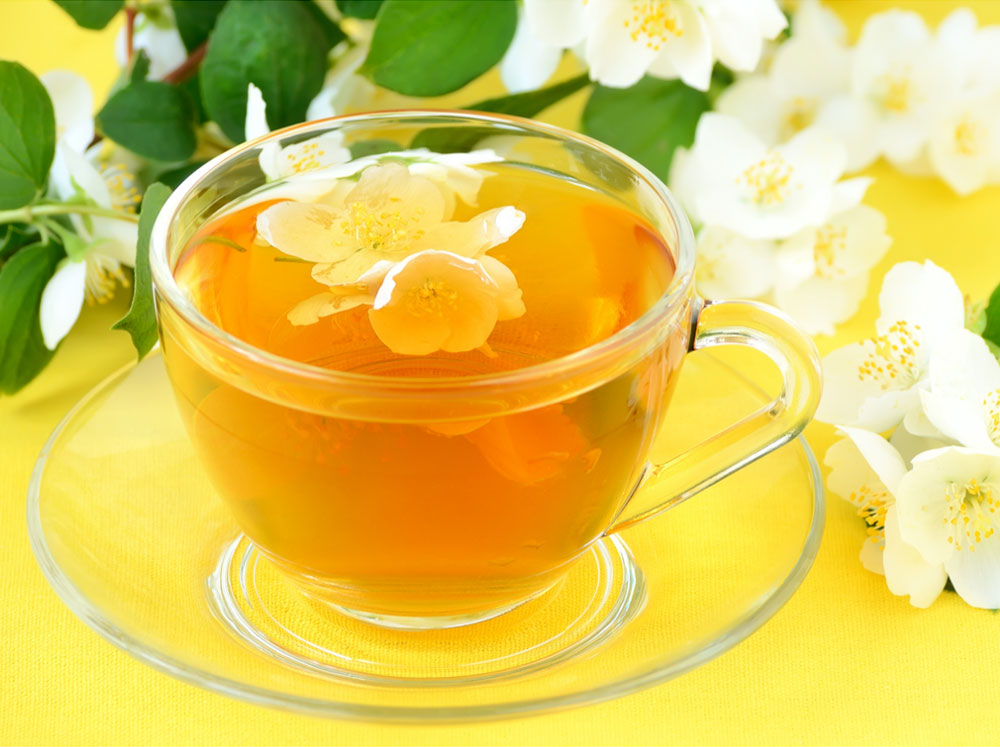
Jasmine
Fragrant and delicate, the jasmine flower is rich in antioxidants and has been used in fragrances and teas for centuries. The aromatic, pale-yellow flower is also a welcome addition to gourmet baking.
Flavor: sweet, floral, and delicate
Best used in: teas, bakes, garnish, and stir-fries
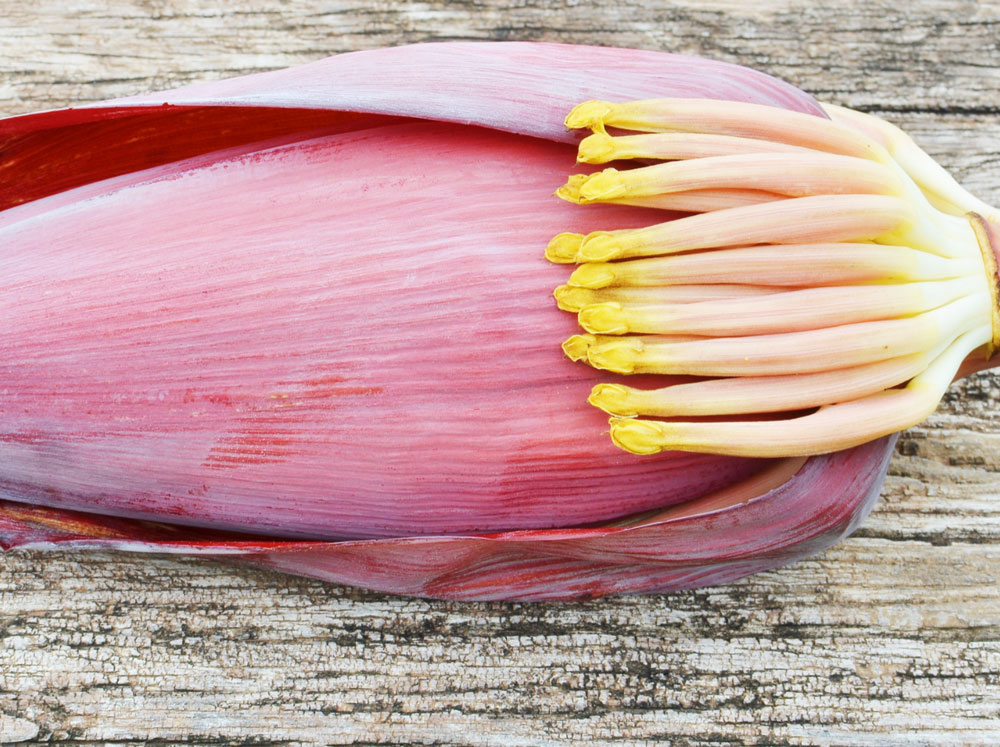
Banana Blossoms
The Indian kitchen needs no introduction to the banana blossoms. Also known as banana hearts and loaded with nutrients, they are eaten both raw and cooked.
Flavor: neutral with a hint of bitternes
Best used in: curries, fritters, and stir fried
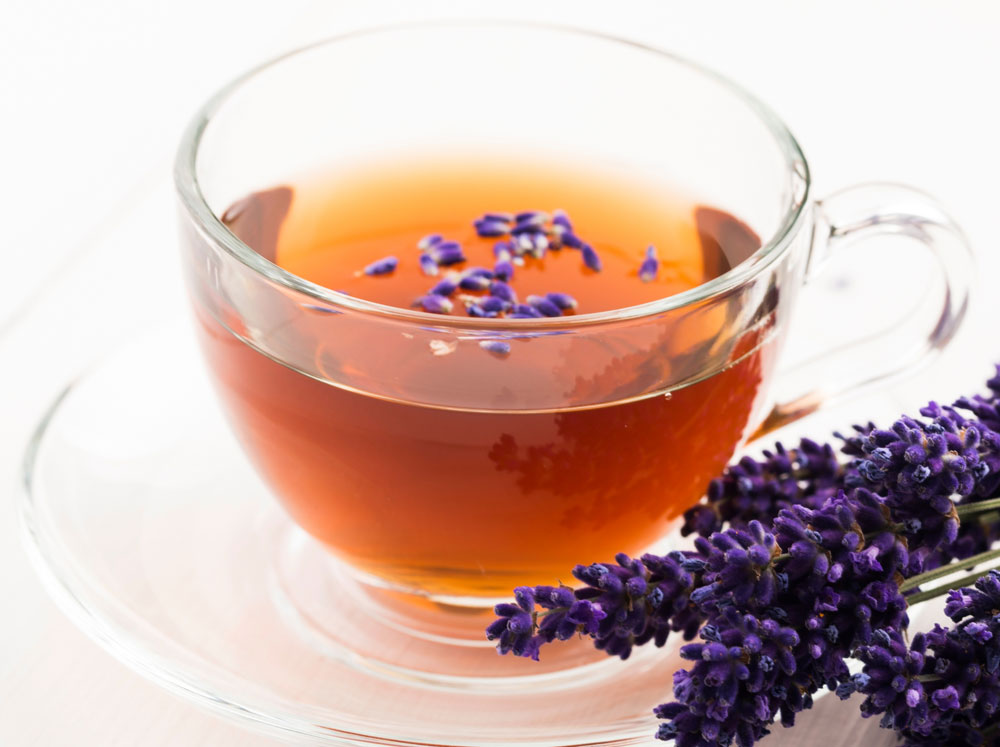
Lavender
A fragrant flower and an aromatic herb, lavenders have been used for generations for their medicinal benefits. English lavender or culinary lavender also make a great addition to your bakes.
Flavor: floral with hints of mint and bitterness
Best used in: cocktails, teas, and bakes
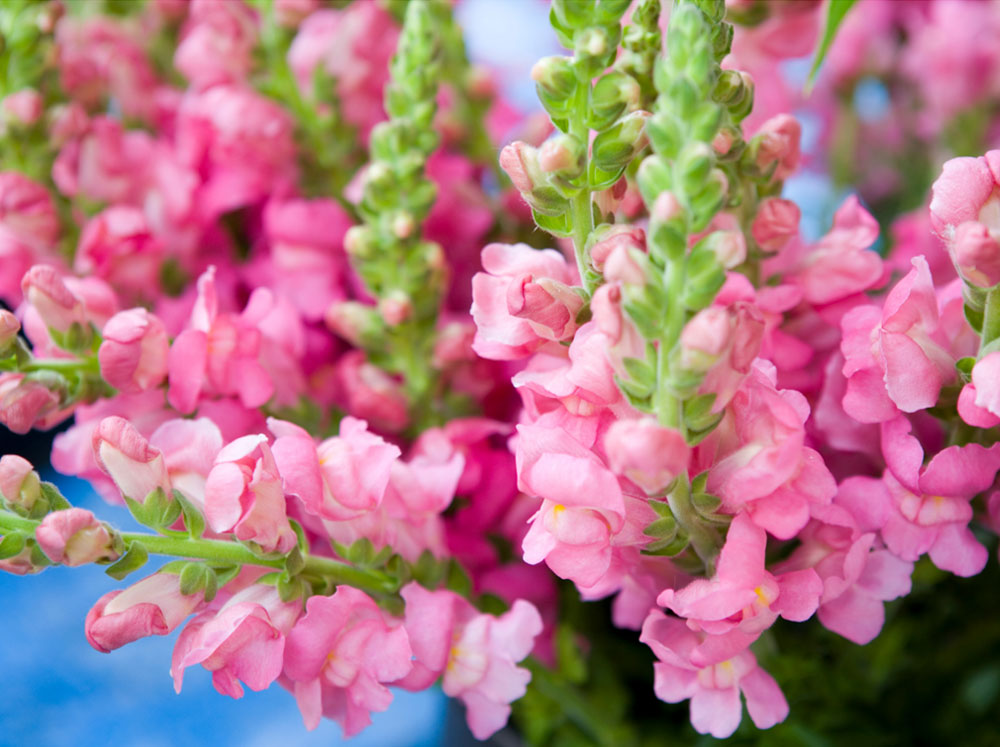
Snapdragon
Resembling the face of a dragon with a flavor reminiscent of chicory, snapdragons are an acquired taste. Available in a rainbow of colors, they are served both as a garnish or stuffed.
Flavor: neutral with a hint of tarty bitterness
Best used in: garnish or salads
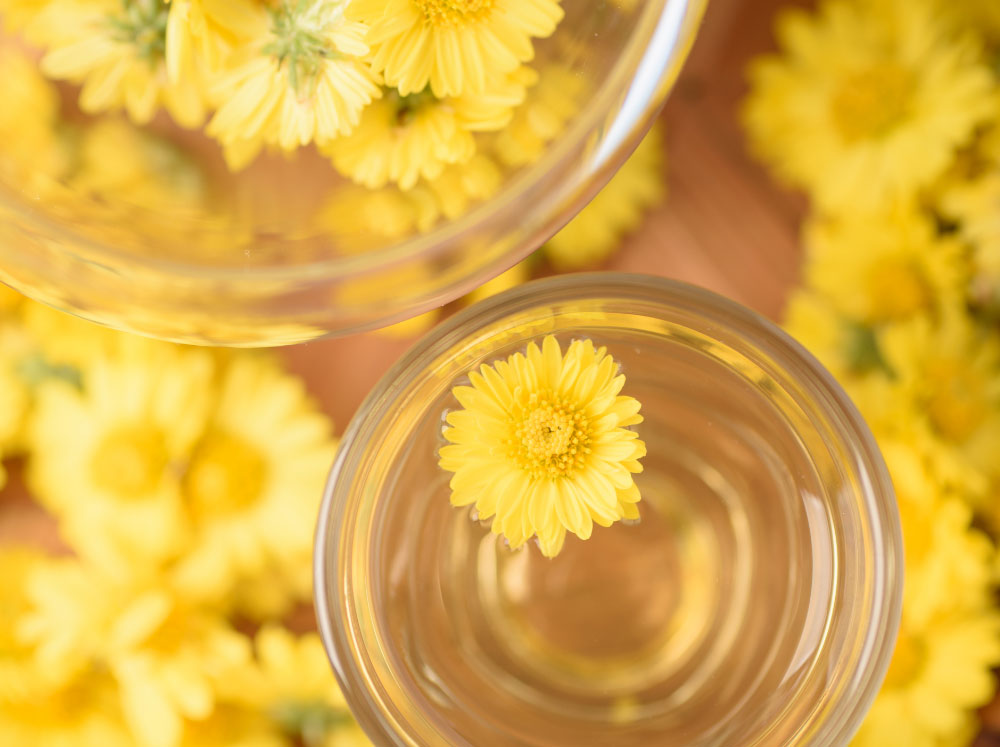
Chrysanthemums
If you thought chrysanthemums were only limited to decorative flowers, think again. Similar to chamomile, these flowers are rich in antioxidants and minerals and popular as teas, both dried and fresh.
Flavor: sweet and grassy
Best used in: teas, salads, and garnish
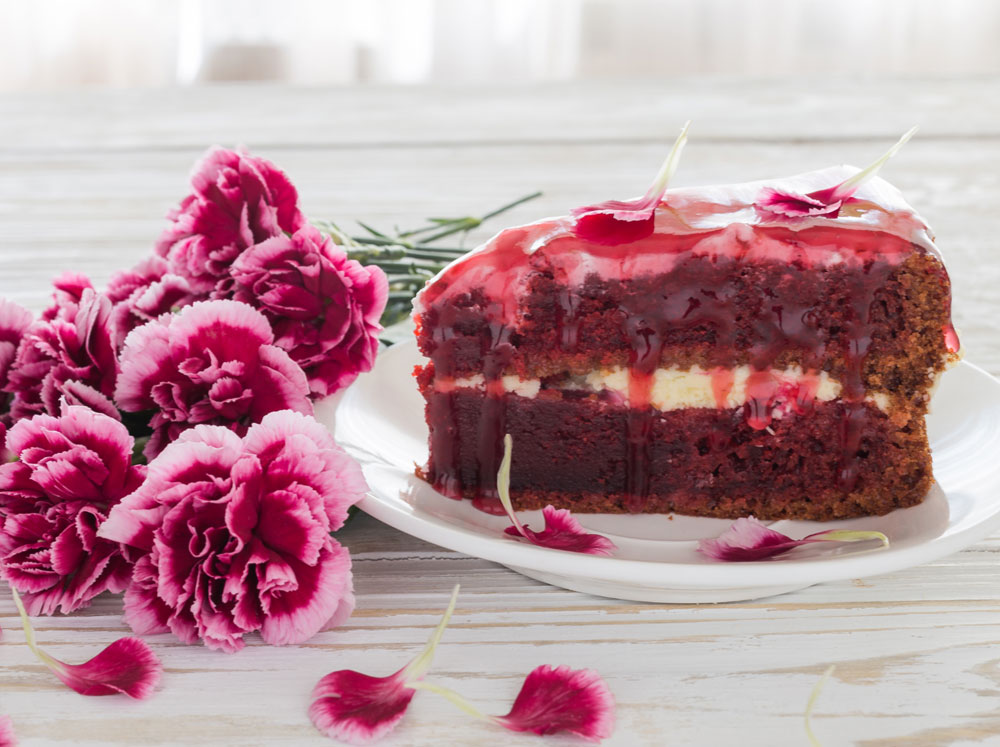
Carnations
If you are looking for a sweet and spicy edible flower, carnations are the best pick for you. A flavoring agent or a decorative garnish, they are one of the most versatile edible flowers.
Flavor: sweet spicy with a hint of pepper
Best used in: cake decoration, wine, salads, and meats
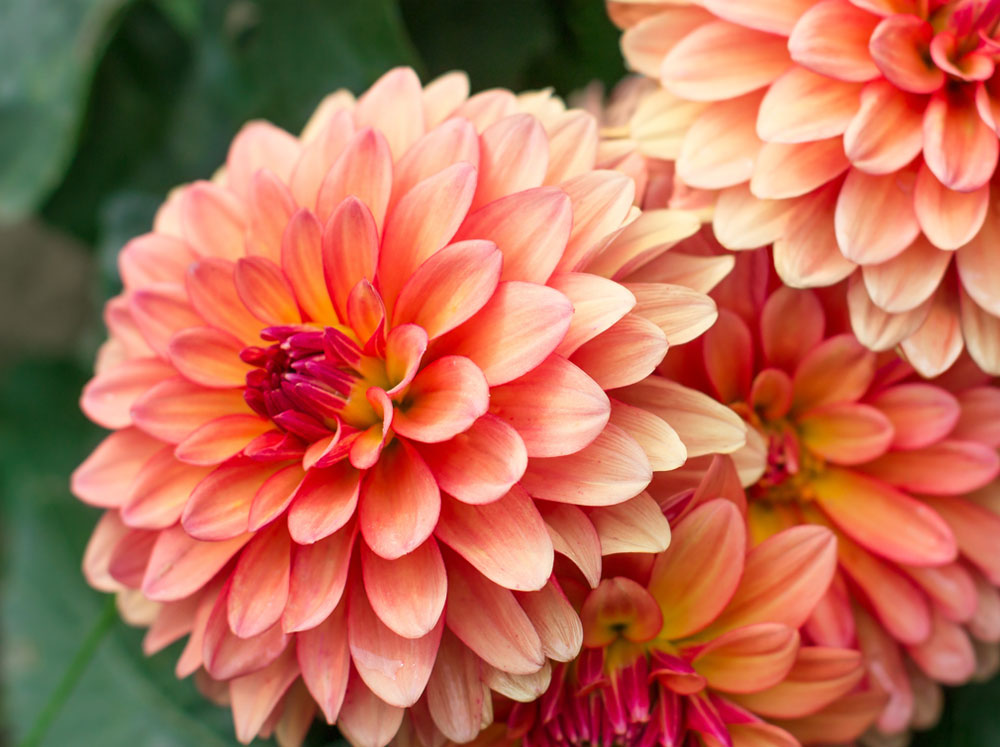
Dahlia
Known for its medicinal properties, both the flowers and the tubers of dahlia are edible. Segmented or compound, these vibrant flowers are available in a range of colors.
Flavor: depends on soil and condition grown in
Best used in: petals in garnish and salads

Dianthus
Available in a rainbow of hues from pink to burgundy, dianthus is both fragrant and flavorful. Eaten whole or just the petals, they are a great way to liven up your food.
Flavor: sweet spicy clove-like with a hint of tartness
Best used in: garnish, desserts, salads, and cocktails

Lilacs
Lilacs smell much better than they taste. Belonging to the olive family and with a few medicinal properties, these blossoms can be consumed both raw and cooked.
Flavor: floral and citrusy
Best used in: cake decorations, bakes, and infusions
How to use edible flowers
Here are some tips you need to keep in mind when using edible flowers
- Always try using organic flowers.
- When using fresh flowers, wash them well and refresh them in cold water. Pat dry before using.
- Harvest edible flowers in the early morning.
- Not all parts of a flower are edible. When in doubt, stick to petals and avoid using leaves or stems.
- When purchasing edible flowers, look for ones that have just bloomed.
- Freeze small whole flowers or petals into ice cubes to add color to your summer drinks.
- Store dried flowers in an airtight container for a longer shelf life.
Now that you are well-versed with edible flowers, unleash your creativity and let your imagination fly. I would love to check out your recipes. Remember to share your pics and don’t forget to tag me.
This blog post is part of the blog challenge ‘Blogaberry Dazzle’ hosted by Cindy D’Silva and Noor Anand Chawla in collaboration with Monidipa Dutta.
This post was created for the Blogaberry Creative (Monthly) Challenge.
Images credit: Canva
Pin it for later

May 16, 2023 @ 4:32 pm
Thank you Madhu Aunty for the delightful article on edible flowers! I had no idea there were so many options to enhance my kitchen. The detailed descriptions and beautiful visuals made it easy to learn about each flower. I can’t wait to try them out in my recipes.
June 7, 2023 @ 10:13 am
Thank you so much Beta 😊
May 17, 2023 @ 9:18 am
I know it would sound quite ignorant, but I started to enjoy edible flowers quite recently. I just loved them in salads and teas. The taste was awesome. They also make for beautiful art on dishes. You mentioned so many flowers, I haven’t had pansies and snapdragons, and even pumpkin flowers. I will certainly now grow some of these at home.
June 7, 2023 @ 10:10 am
Thank you so much. Do try them out 😊
May 17, 2023 @ 9:11 pm
Flowers play a very significant and colorful role in our lives. Their presence makes us smile, and feel good and the wonderful part is that they offer various benefits to us which many of us dont know. For them, mam your post is an eye opener. Rose and banana flower are the two such flowers with which I have a close connection and also include it while make some preparations. In Bengali we call Banana flowers as “Mocha” and some of the Bengali delicacies with mocha are Mochar Ghanta, Mochar Chap, Mochar Chachari and Mocha Bhapa. I am in absolute love with it. Thank you mam for sharing such an insightful post.
June 7, 2023 @ 10:15 am
Thank you so much Beta 😊
May 19, 2023 @ 6:26 pm
I really love flowers like everyone else and even in my cocktails and teas ! I am so glad that you shared this post with us and now I can try making some healthy, tasty and pretty-looking things myself without poisoning anyone!
June 7, 2023 @ 10:13 am
Thank you so much 😊
May 19, 2023 @ 8:45 pm
Aunty, so far I only knew that Nayantara flowers could be consumed because I saw my grandmother eating the juice of that flower for her health complications. But now I am amazed at the variety of flowers that we could eat! Thank you so much for sharing this interesting article with us.
June 7, 2023 @ 10:12 am
Thank you so much Beta
May 20, 2023 @ 10:15 am
What an insightful post. These flowers we come upon in everyday life, but yet I knew not about its usage barring rose, chamomile and hibiscus. Will surely try using these easily available flowers in more of my daily life and even plant a couple more of them in my garden.
June 7, 2023 @ 10:25 am
Thank you so much. Do try them out 😊
May 20, 2023 @ 10:37 am
I have only one word for this post and thats WHAW. Edible flowers are common however I have never gone into the depth my granny use to tell me to have the white hibiscus glower from the plant directly when I was little.
June 7, 2023 @ 10:24 am
Thank you so much 😊
May 20, 2023 @ 11:56 am
What an interesting post Madhu Ma’am… well reasearched and highly informative! I looooove flowers but I don’t use them in cooking. However, I have grown up eating them just like that… raw. We used to eat all the edible varieties esp. in this season of spring blooms. Your post made me somewhat nostalgic 😊
June 7, 2023 @ 10:23 am
Thank you so much Beta 😊
May 20, 2023 @ 11:56 am
What an interesting post Madhu Ma’am… well reasearched and highly informative! I looooove flowers but I don’t use them in cooking. However, I have grown up eating them just like that… raw. We used to eat all the edible varieties esp. in this season of spring blooms. Your post made me somewhat nostalgic 😊
June 7, 2023 @ 10:23 am
Thank you so much Beta 😊
May 20, 2023 @ 11:58 am
Edible flowers are used in many ways though I’m not aware of all. We enjoy readymade teas infused with flowers but never tried to pick up flowers and make tea from them:)
Thanks for this insightful article.
June 7, 2023 @ 10:26 am
Thank you so much 😊
May 20, 2023 @ 9:08 pm
aunty your creativity, ideas and posts are innovative, inspirational and this one looks lovely. 😊😊👍
June 7, 2023 @ 10:21 am
Thank you so much Beta 😊
May 20, 2023 @ 11:57 pm
Madhu Ma’am, your post is absolutely fascinating! It is evident that you have conducted thorough research, and the information you have shared is highly informative. Personally, I have a great passion for flowers, although I do not incorporate them into my cooking. However, I do utilize hibiscus flowers for hair oil. Additionally, I have fond memories of my mother preparing pumpkin flower fritters in the past.
June 7, 2023 @ 10:20 am
Thank you so much Beta 😊
May 21, 2023 @ 1:39 pm
I didn’t know these many flowers can be used in our kitchen. I’m surely gonna try some of these.
June 7, 2023 @ 10:19 am
Thank you so much. Do try them out 😊
May 21, 2023 @ 2:10 pm
Such a delightful post, Madhu. Edible flowers are surely gaining popularity in food today due to their visual appeal, unique flavours, and potential health benefits. They add a vibrant touch to dishes, offer interesting taste profiles, and are often associated with natural and organic food trends, elevating the overall dining experience for both aesthetic and culinary reasons.I use them in salads and tea and it’s good to know that they not only add a visual appeal but many have medicinal properties too.Thanks for the share. 🙂
June 7, 2023 @ 10:18 am
Thank you so much Dipali.😊
May 21, 2023 @ 3:06 pm
Aunty, you are really brilliant. The way you created post is awesome. I only know Gulkand and kevda essence. There are so many varieties. Thank you for educating us.
June 7, 2023 @ 10:31 am
Thank you so much Beta 😊
May 21, 2023 @ 5:58 pm
I have used many of these flowers in my kitchen in teas and sometimes food too. While the dried versions are easily available in the market, the fresh ones are a bit difficult to find. Would love to see you share a recipe with flowers soon, Madhu Aunty.
June 7, 2023 @ 10:30 am
Thank you so much Beta 😊
May 21, 2023 @ 7:10 pm
I remember you declaring this was what you wanted to write about when Cindy announced the word of the month. Loved the way it shaped up. I learnt a lot of new things along the way too.
June 7, 2023 @ 10:29 am
Thank you so much Kiddo 😊
May 21, 2023 @ 7:44 pm
I have had only a handful of flowers in my foods, mostly in teas. So, it was definitely an eye-opener to read about so many kinds and ways to use flowers in our food. Thank you for the insight and I hope you would share some recipes soon too. 🙂
June 7, 2023 @ 10:37 am
Thank you so much 😊
May 21, 2023 @ 7:53 pm
Pumpkin flowers and banana blooms are an integral part of Bengali cuisine. I just love pumpkin//zucchini flower fritters. They are delicious! This is a great compilation! I use some of them to garnish salads/mocktails.
June 7, 2023 @ 10:36 am
Thank you so much 😊
May 22, 2023 @ 12:48 am
This is an eyeopener. Though I have used flowers in my kitchen too, many in your list are new to me. Chamomile tea is one of my favorites. We also use neem blossoms / flowers to flavor a neem rasam. It is very good for the tummy for those days when you just want to have a very simple food.
June 7, 2023 @ 10:36 am
Thank you so much 😊
May 22, 2023 @ 4:55 am
While the photos and idea of these flowers being edible is so beautiful to the eyes, I might have a different view if asked to put it in my mouth. Aside from the squash and banana blossom, which is technically would be a veggie and fruit at some point in time, all the others you’ve listed isn’t my cup of tea. And yes, I’ve tried a few already but my stomach can’t accept it.😆
June 7, 2023 @ 10:35 am
Thank you so much 😊
May 22, 2023 @ 5:15 am
I am love with this post of yours, I would be trying some these soon, while I knew That rose and Moringas are edible. I also remember that my Granny used to make fitters of a particular flower, they were always delicious , I wish I can get them now too. They are me sweet memories.
June 7, 2023 @ 10:34 am
Thank you so much. Do try them out 😊
May 22, 2023 @ 11:18 am
I won’t lie, I only know 2-3 from this list the remaining was new. Thanks for sharing and I am sure to try some from your list 🙂
June 7, 2023 @ 10:33 am
Thank you so much. Do try them out 😊
May 22, 2023 @ 10:12 pm
Never knew that there were so many edible flowers. Thank you aunty, for this informative post. Your enthusiasm is forever an inspiration. Keep writing, keep inspiring.
June 7, 2023 @ 10:32 am
Thank you so much 😊
July 7, 2023 @ 10:51 am
Hello madhu aunty, Thank you for telling us how to use so many flowers in cooking. Before reading this post, I only knew about some flowers which we can use in cooking.
Again Thank you for providing this information 😊
July 20, 2023 @ 10:30 am
Thank you so much Beta 😊
August 10, 2023 @ 11:08 pm
Wow I didn’t know about half of these! Thanks for sharing!
August 14, 2023 @ 11:33 am
Thank you so much Noor 😊
November 27, 2023 @ 10:14 pm
Thank you aunty for this post. Beacuse i’m not expert in cooking but i like to know about cooking. So this post proves knowledgeable for me,
Again thank you for this!!
November 28, 2023 @ 7:51 am
Thank you so much Beta 😊